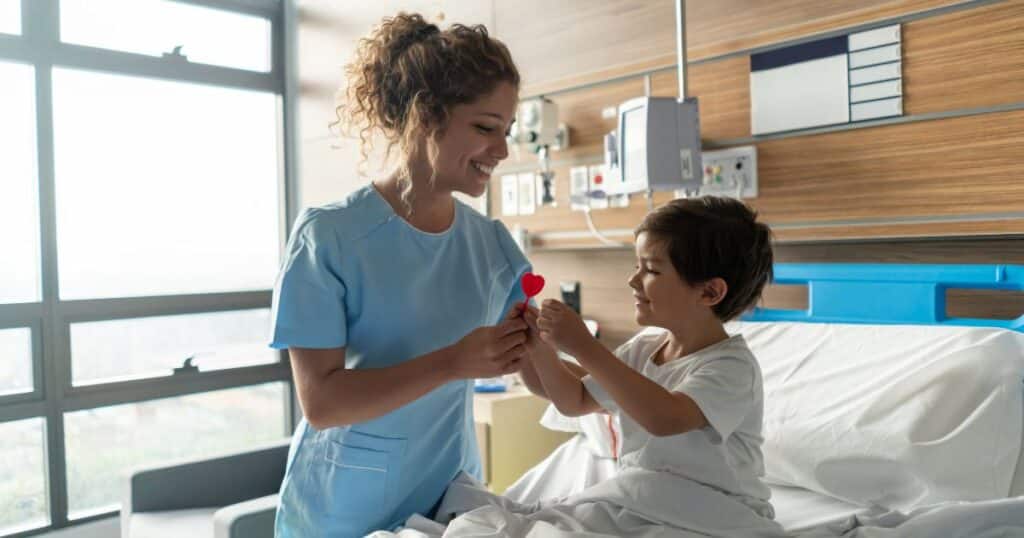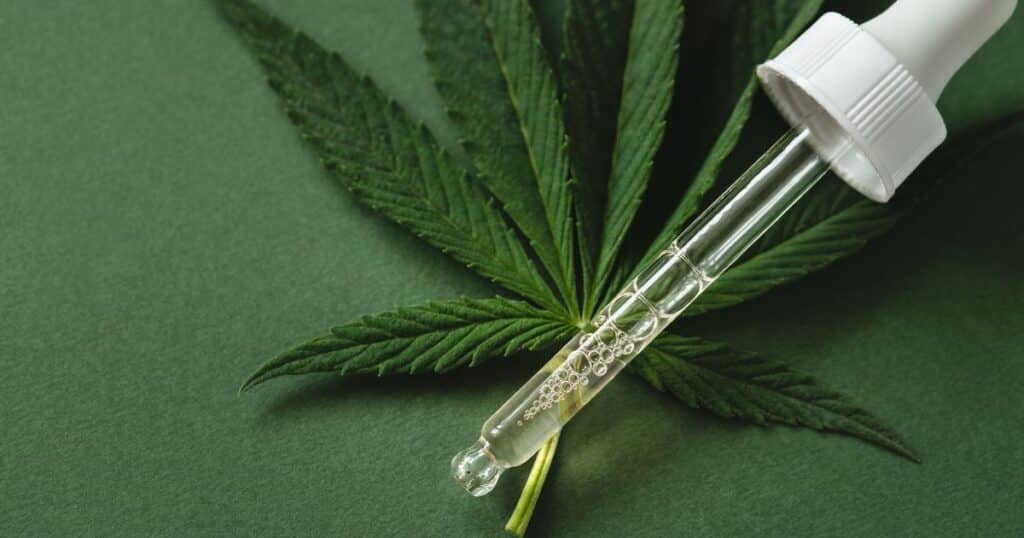With the rise in popularity of medical cannabis, there has been a growing interest in its potential benefits for children. However, the use of cannabis in pediatrics remains a controversial topic due to legal restrictions and concerns about safety.
To address these issues, the Canadian Paediatric Society recently released a position statement on medical cannabis for children. This statement aims to provide guidance for healthcare professionals and families on the appropriate use of medical cannabis in pediatric care.

While medical cannabis is a relatively new concept in modern medicine, it is not a fictional substance. There is already significant research available on the potential benefits and risks of using cannabis for medicinal purposes.
Currently there are two cannabis-based pharmaceuticals available in Canada: Sativex and Nabilone, which both have been prescribed off-label to children, as noted in the statement.
Sativex is a cannabis-based oromucosal spray marketed for spasticity in adults with multiple sclerosis.
Nabilone is an oral synthetic THC analogue indicated for chemotherapy-induced nausea and vomiting in adults.
Outside Canada, the United States Food and Drug Administration approved Epidiolex, a cannabis-derived, purified CBD preparation, for two drug-resistant epilepsy (DRE) syndromes in adults and children 2 years and older. It was also accepted by the European Medicines Agency and by the Therapeutic Goods Administration (Australia).
The recommendation notes conditions like Epilepsy, Autism with evidence of the efficacy of cannabis related tests in pediatric patients.
For epilepsy, “Clinical trials in children with DRE exploring the use of purified CBD have consistently demonstrated efficacy, with mean reductions in seizure frequency ranging between 36% and 49%, as well as improved quality of life”
Observational reports suggest improvements for children with autism, “A recent scoping review of medical cannabis in children with autism identified eight retrospective studies (total: 346 children). Observational reports have suggested improvements in behavioral problems, anxiety, and communication, along with mild adverse events including somnolence, changes in appetite, gastrointestinal symptoms, restlessness, and sleep disturbances.”
“CBD has been associated with reducing self-injury, rage attacks, and hyperactivity, and with improving sleep.”
Cannabis related treatments for cancer are becoming more and more normalized also, the Canadian Paediatric Society writes that “In 2020, 92% of Canadian pediatric oncologists and palliative care physicians had provided care to at least one child who had used cannabis for medical purposes within the previous 6 months, with or without an authorization from a health care provide”
They note that “Smoking is not recommended in pediatric patients for several reasons, including unpredictable dosing and smoking-related respiratory hazards. Cannabinoid oils are mostly administered orally for this age group, and the literature on transdermal CBD administration is evolving.”
Families who chose to medicate their children with cannabis reported barriers to access and a need for unbiased information, reporting that they were using cannabis as a last therapeutic resort.
The CPS summarized by saying, “There is a growing body of research, of variable quality evidence, suggesting benefit of medical cannabis for some conditions in some children. Medical cannabis should only be authorized in cases where the benefits clearly outweigh the risks. The efficacy and safety of medical cannabis have been documented with varying degrees of strength for DRE, cancer-induced nausea and vomiting, and autism.”
The Canadian Paediatric Society left off with some notable recommendations at the end of its position statement, such as
- When appropriate, and particularly when requested by families, clinicians should be willing and able to engage in open discussions about the potential benefits and risks of medical cannabis.
- Therapeutic considerations should focus on the child’s or youth’s specific condition and prognosis, potential benefits and risks based on the best available data, a clear treatment plan, and follow-up to evaluate efficacy, monitor safety, and avoid adverse events, including drug−drug interactions.
- Rigorous research is urgently needed to establish the role of medical cannabis in pediatric conditions for which there is biological plausibility or evidence of efficacy based on adult research. As the evidence-base for medical cannabis grows, clinicians should seek up-to-date evidence on potential safety risks, including drug−drug interactions.
- Given the already widespread use of medical cannabis, unbiased education for clinicians wanting to learn more about how THC, CBD, and other cannabinoids work, along with potential risks and benefits for children and youth, should be developed.

The Canadian Paediatric Society’s recent position statement on medical cannabis for children sheds light on a controversial yet rapidly growing area of medicine. With increasing evidence showing the potential benefits of using medical cannabis for various conditions in children, it is important for healthcare professionals and families to have open discussions and access to unbiased information.
As research continues to expand, it is crucial for clinicians to stay informed and monitor the use of medical cannabis in children, ensuring that the benefits outweigh any risks.
The CPS’s position statement serves as a valuable guide for healthcare professionals to navigate this complex topic and provide safe and effective treatment options for their young patients. With proper guidance and adherence to set guidelines, medical cannabis has the potential to greatly improve the lives of children in need, making it a much safer alternative to many traditional pharmaceutical medications.
Enjoyed that first hit? Come chill with us every week at the Friday Sesh for a freshly packed bowl of the week’s best cannabis news!

















